
Doctor Says You Should Stop Peeling Off Those Banana Strings
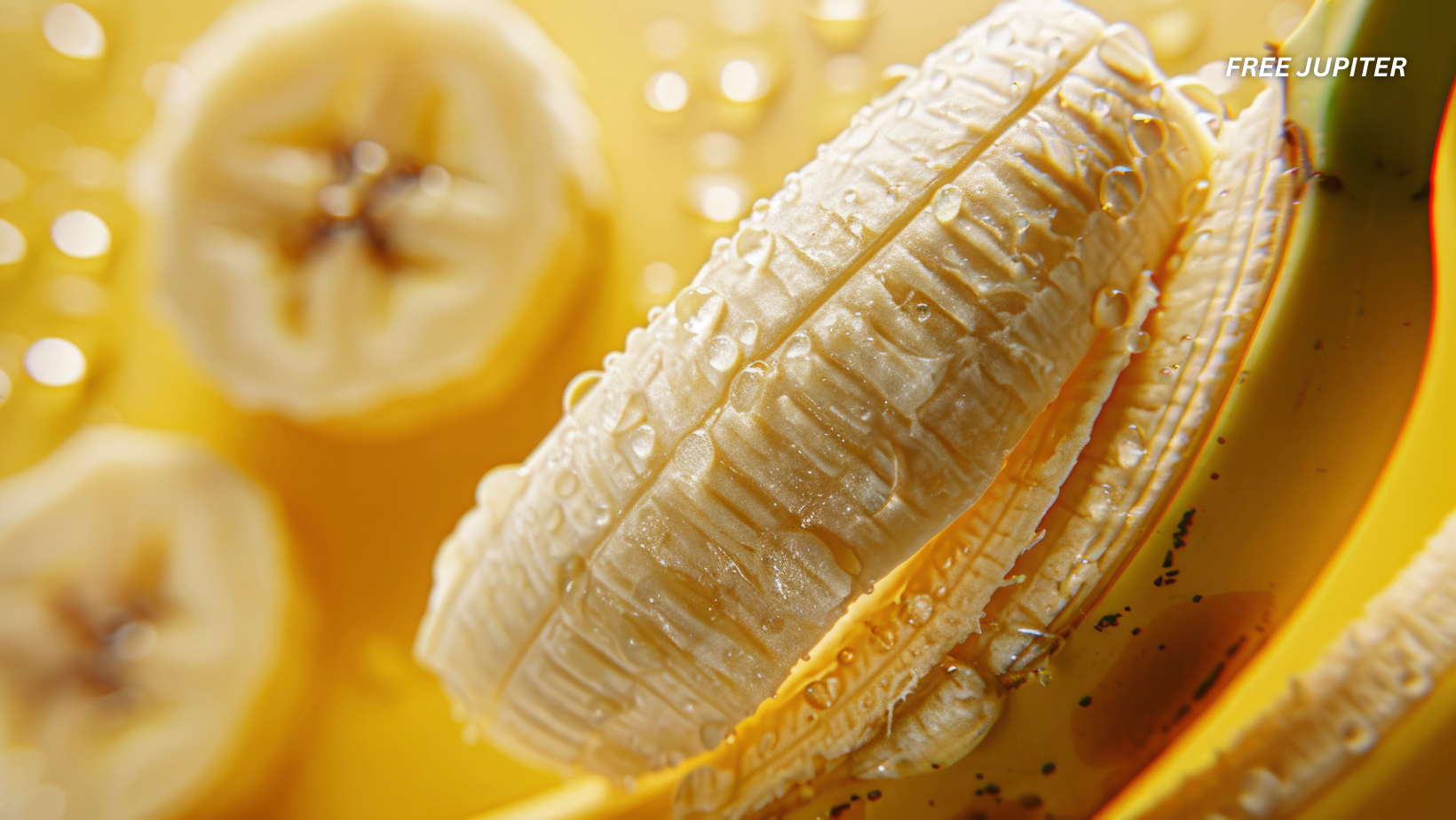
Bananas are one of the most beloved fruits across the globe. They're convenient, affordable, naturally sweet, and packed with nutrients. From breakfast smoothies to post-workout snacks, bananas are a staple in many diets. But there’s one thing about them that tends to divide opinions the moment someone peels one open: the stringy bits.
Some people remove them meticulously, treating them like unwelcome guests on the fruit. Others don’t give them a second thought and eat the banana—strings and all. But what exactly are these little threads clinging to your banana, and should you be removing them at all?
Surprisingly, those often-overlooked strands may be more beneficial—and essential—than they seem.
What Are Banana Strings, Really?
Those fibrous bits clinging between the peel and the fruit are called phloem bundles. In plant biology, "phloem" refers to the tissue responsible for transporting water, sugars, and nutrients throughout a plant. Think of it as the plant’s internal delivery system—the biological equivalent of blood vessels.
Without these phloem bundles, a banana couldn’t properly grow. They serve a critical role in nourishing the fruit as it develops, carrying essential compounds from the leaves and stems down to the banana itself. In other words, phloem bundles are not just leftover fibers—they’re a vital part of the banana’s internal structure.
In fact, if the phloem didn’t exist, bananas as we know them wouldn’t either.
The Banana’s Built-In "Blood Vessels"
Dr. Manuel Viso, a Spanish physician and nutritional educator, calls these threads the “blood vessels of the banana.” Much like veins and arteries in the human body carry oxygen and nutrients to organs and tissues, phloem bundles help deliver what the banana needs to thrive.
And just like our own circulatory system, these threads carry more than just basic nutrients. They’re a source of antioxidants, anti-inflammatory compounds, and key minerals like potassium and magnesium—nutrients that make bananas a favorite among health-conscious eaters.
Let’s break down some of what’s inside these strings:
-
Potassium – Regulates heartbeat, supports muscle function, and maintains fluid balance.
-
Magnesium – Promotes bone strength, nerve health, and energy production.
-
Tryptophan – A naturally occurring amino acid that contributes to serotonin production—the "feel-good" brain chemical.
-
Plant fiber – Aids in digestion, feeds healthy gut bacteria, and helps maintain regular bowel movements.
The Mood Connection: Tryptophan and Serotonin
One of the lesser-known compounds found in banana strings is tryptophan, an amino acid with a big job. It plays a key role in producing serotonin, a neurotransmitter often referred to as the body’s natural mood stabilizer.
Low levels of serotonin are associated with anxiety, depression, and sleep disorders. While eating a banana won’t replace medication or therapy, it can gently support your body’s ability to produce serotonin naturally—especially when paired with a balanced diet. That’s one reason why bananas are often referred to as "nature’s comfort food."
Including phloem bundles in your diet adds a small but meaningful amount of this compound to your daily intake—a quiet nutritional bonus you might not have known about.
What the Experts Say
Dr. Viso isn’t the only health professional vouching for the phloem bundles. Nicholas Gillitt, Vice President of Nutrition Research at the Dole Nutrition Institute, agrees that banana strings should be considered part of the fruit’s overall nutritional package.
While research on the phloem isn’t as extensive as on the banana’s flesh, Gillitt believes the bundles likely contain a different kind of fiber, specifically insoluble fiber, which is essential for maintaining a healthy digestive system.
Here’s the difference:
-
Soluble fiber dissolves in water, slowing digestion and helping regulate blood sugar and cholesterol.
-
Insoluble fiber doesn’t dissolve; it adds bulk to your stool and keeps your digestive tract running smoothly.
Because of their fibrous nature, phloem bundles are likely rich in insoluble fiber, making them especially useful for promoting gut health and preventing constipation.
A Nutritional Reality Check
It’s important to put things in perspective. Experts caution against overestimating the nutritional impact of banana strings. They make up only a small portion of the entire fruit, so you’d need to eat an impractical number of bananas to see dramatic health changes from the strings alone.
That said, in nutrition, small habits add up. Choosing to eat the whole banana—including the strings—is an effortless way to slightly boost your fiber and plant nutrient intake. Over time, these small choices contribute to overall well-being.
Why Do People Dislike Them?
So if banana strings are beneficial, why do so many people remove them? The answer is simple: texture.
Phloem bundles have a different consistency than the soft fruit around them. They can feel tougher, more fibrous, or stringy—qualities that make them unpleasant to some, especially to children or picky eaters. Texture sensitivity is a common reason why certain foods are disliked, even if they’re healthy.
Interestingly, not all bananas have the same number of strings. Some varieties—like baby bananas or red bananas—may have fewer or softer phloem bundles. The ripeness of the banana also plays a role. The riper the fruit, the softer and less noticeable the strings become.
Fun Facts About Bananas (and Their Strings)
-
Bananas aren’t technically fruits. Botanically, they’re considered berries, while the banana plant is classified as an herb.
-
They grow upside down. Bananas grow pointing upward, against gravity, which gives them their iconic curved shape.
-
Phloem bundles develop as the banana grows, ensuring even distribution of nutrients throughout the fruit.
-
Monkeys don’t care. Wild animals, including monkeys, eat bananas with the strings intact—humans are the only ones fussing over them.
-
Banana peels and strings are biodegradable, making them eco-friendly food waste—if you’re still tossing them, at least they’re compostable!
A Quick Look at Banana Nutrition
Even without the strings, bananas are a nutritional powerhouse:
-
105 calories per medium banana.
-
High in vitamin C, supporting immunity and skin health.
-
Rich in vitamin B6, which aids in energy metabolism and brain function.
-
Around 3 grams of fiber, supporting digestive and heart health.
Add the phloem bundles into the mix, and you get a bonus dose of fiber and micronutrients—a small but meaningful edge for your health.
Don’t Like the Texture? Here’s What You Can Do
If you dislike the feel of banana strings but still want the benefits, here are some ways to make them less noticeable:
-
✅ Blend them into smoothies – Once blended, the strings become undetectable.
-
✅ Use them in baking – When mashed into banana bread, pancakes, or muffins, the texture disappears.
-
✅ Eat riper bananas – Strings naturally soften as the fruit ripens.
These tricks allow you to enjoy the nutrition without the fibrous mouthfeel.
The Verdict: To String or Not to String?
So, should you stop tossing out banana strings? From a nutritional standpoint, yes. Keeping them is better than discarding them. They’re safe to eat, offer subtle health benefits, and add a little extra value to a fruit you probably already enjoy.
That said, they won’t make or break your diet. If you find them unpleasant, it’s perfectly fine to remove them—your banana is still a great source of nutrients with or without the strings.
But if you’re open to embracing them—or blending them into your meals—your body might thank you for holding onto nature’s tiny nutritional threads.
Final Thought
The next time you peel a banana and reach for the strings, pause and reconsider. Those little fibers aren’t trash—they’re a quiet part of nature’s design, delivering nutrients and supporting the fruit’s development from seedling to snack.
Think of banana strings like hidden bonus tracks on a favorite album. Easy to overlook, but worth appreciating if you give them a chance.
So go ahead—embrace the strings. Your gut, your mood, and maybe even your morning smoothie, might thank you.
News in the same category


9 Medications That Can Negatively Interact With Green Tea

More people are dying from heart failure, doctors warn: give up these 4 habits now
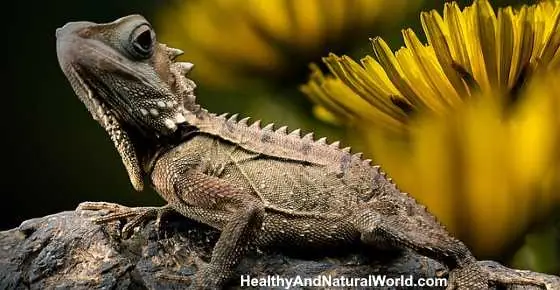
How to Get Rid of Lizards: Effective Natural Ways that Really Work
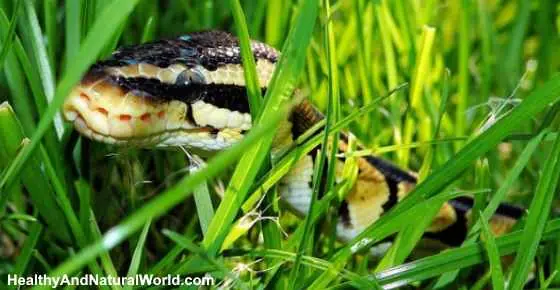
How to Keep Snakes Away: Effective Snake Repellents

Healthy Man Shares the Unexpected Bathroom Symptom That Exposed His Bowel Cancer
When 38-year-old Dave Paxton noticed his stool had turned darker than usual, he had no idea this small sign would lead to a devastating cancer diagnosis—one so rare that only 22 people in the world have ever had it.
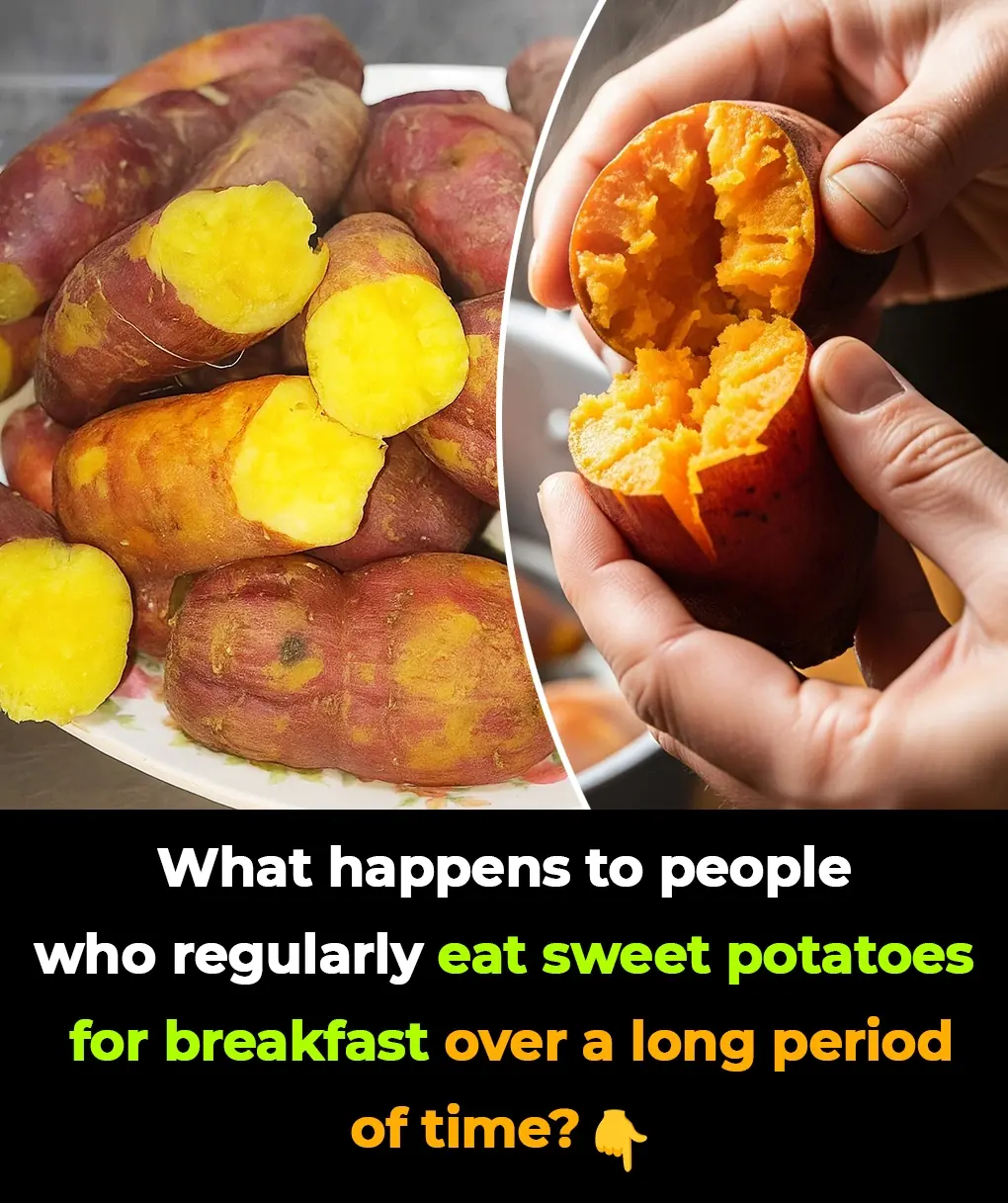
Eat Sweet Potatoes Daily and See These 7 Sh0cking Changes On Your Body
Sweet potatoes contain resistant starch, a special carbohydrate that bypasses digestion in the small intestine. Instead, it ferments in the large intestine, promoting the release of hormones that signal satiety to the brain. T
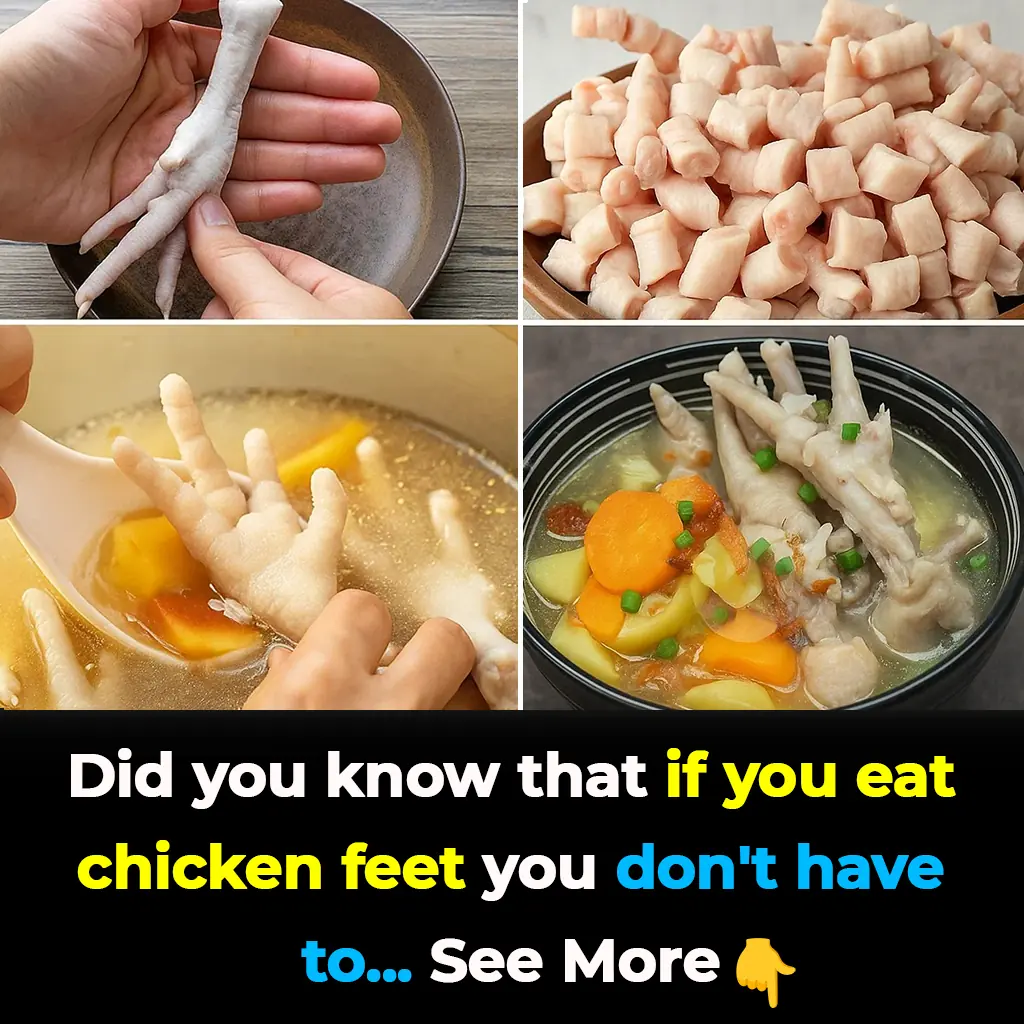
Surprising Health Benefits of Chicken Feet That Will Change the Way You Eat
Chicken feet may not look glamorous, but their nutritional profile proves they deserve a place at your table.

10 Early Signs of Pancreatic Cancer

5-Year-Old Loses Battle With Cancer — Doctors Reveal 5 Foods Parents Must Never Give Their Children

Surgeons Have Achieved The First-Ever Robotic Heart Transplant Without Any Chest Cuts

If Your Legs Cramp at Night You Need to Know This Immediately

All The Things You Need to Know About Nighttime Urination And When To Start Worrying

Don’t Sleep With Your Pets: Doctors Reveal The Reason Why

Morning Drinks That Supercharge Your Kidneys: 5 Natural Remedies Backed by Science
Your kidneys quietly work around the clock to filter waste, balance fluids, and regulate blood pressure—yet most people neglect them until problems arise. Starting your morning with simple, kidney-friendly drinks can protect these vital organs and set t

7 Alarming Signs of Nasopharyngeal Cancer You Should Never Ignore
Nasopharyngeal cancer often hides behind symptoms that look like common colds or allergies. Recognizing these early warning signs can make all the difference in timely treatment and recovery.
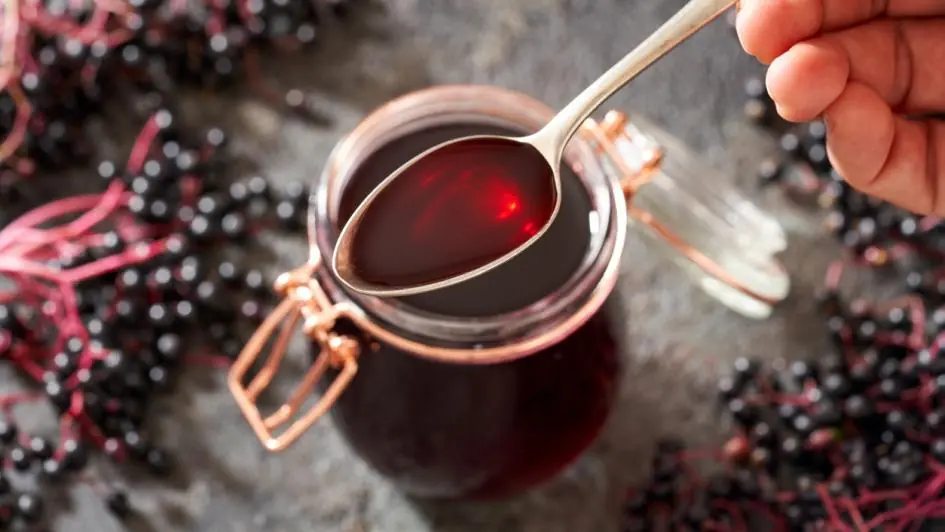
The Science-Backed Benefits of Elderberry (Plus an Easy Syrup Recipe)
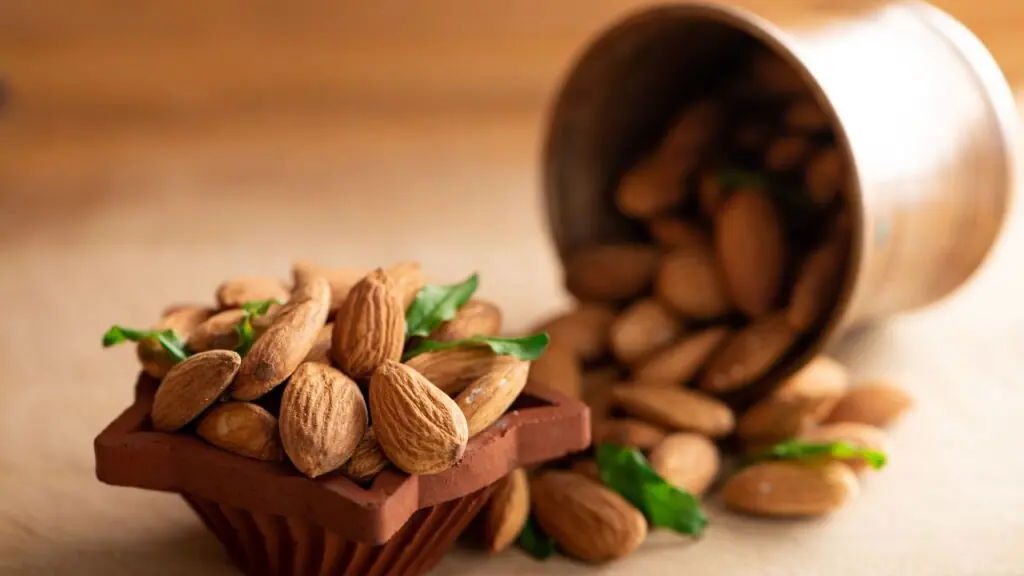
Why Almonds Are So Good for You: Health Benefits Backed by Science
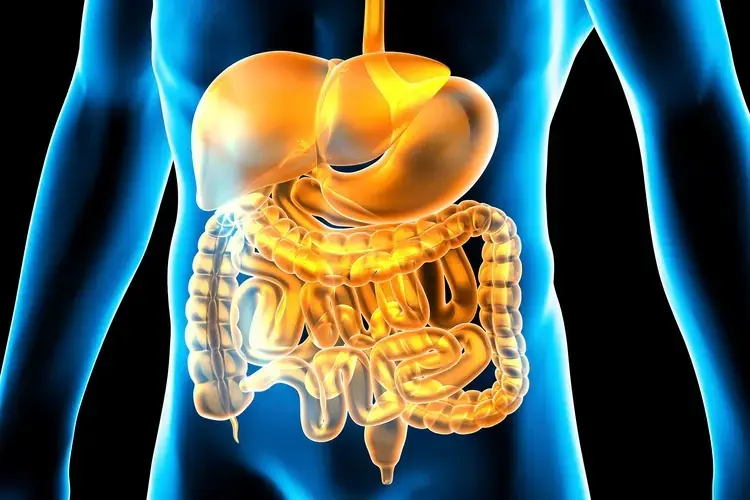
Use This Simple Method to Kill the Bacteria Causing Heartburn and Bloating Before It’s Too Late
News Post

10 Ordinary Fruits With Amazing Health Benefits

9 Medications That Can Negatively Interact With Green Tea

More people are dying from heart failure, doctors warn: give up these 4 habits now

How to Get Rid of Lizards: Effective Natural Ways that Really Work

How to Keep Snakes Away: Effective Snake Repellents

This School Is Teaching Teen Girls Important Life Skills Like Changing Tires and Other Car Maintenance

Indiana Woman Arrested After Traveling To DC To Kidnap And Assassinate Trump

Healthy Man Shares the Unexpected Bathroom Symptom That Exposed His Bowel Cancer
When 38-year-old Dave Paxton noticed his stool had turned darker than usual, he had no idea this small sign would lead to a devastating cancer diagnosis—one so rare that only 22 people in the world have ever had it.

Eat Sweet Potatoes Daily and See These 7 Sh0cking Changes On Your Body
Sweet potatoes contain resistant starch, a special carbohydrate that bypasses digestion in the small intestine. Instead, it ferments in the large intestine, promoting the release of hormones that signal satiety to the brain. T

Why Slugs Deserve More Credit Than You Think

Sink Trick You Should Always Do Before Vacation

The Meaning of Having an Unmade Bed

How to Charge Your Phone to Extend Battery Life

Surprising Health Benefits of Chicken Feet That Will Change the Way You Eat
Chicken feet may not look glamorous, but their nutritional profile proves they deserve a place at your table.

82-Year-Old Woman Reverses Dementia Symptoms with Mediterranean Diet

10 Early Signs of Pancreatic Cancer

5-Year-Old Loses Battle With Cancer — Doctors Reveal 5 Foods Parents Must Never Give Their Children

Surgeons Have Achieved The First-Ever Robotic Heart Transplant Without Any Chest Cuts

People Are Just Realizing Why Women’s Underwear Have A Bow On Front
